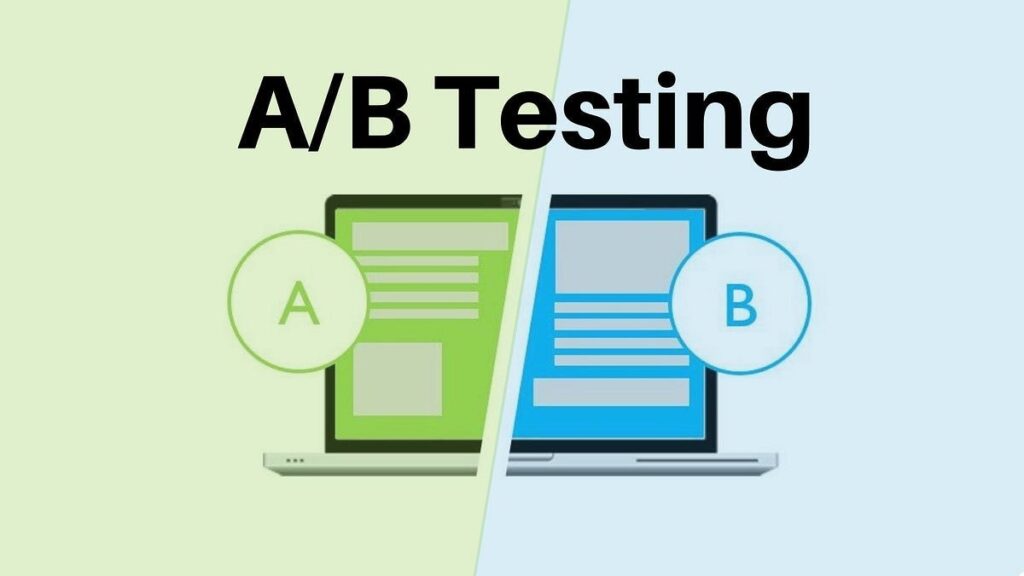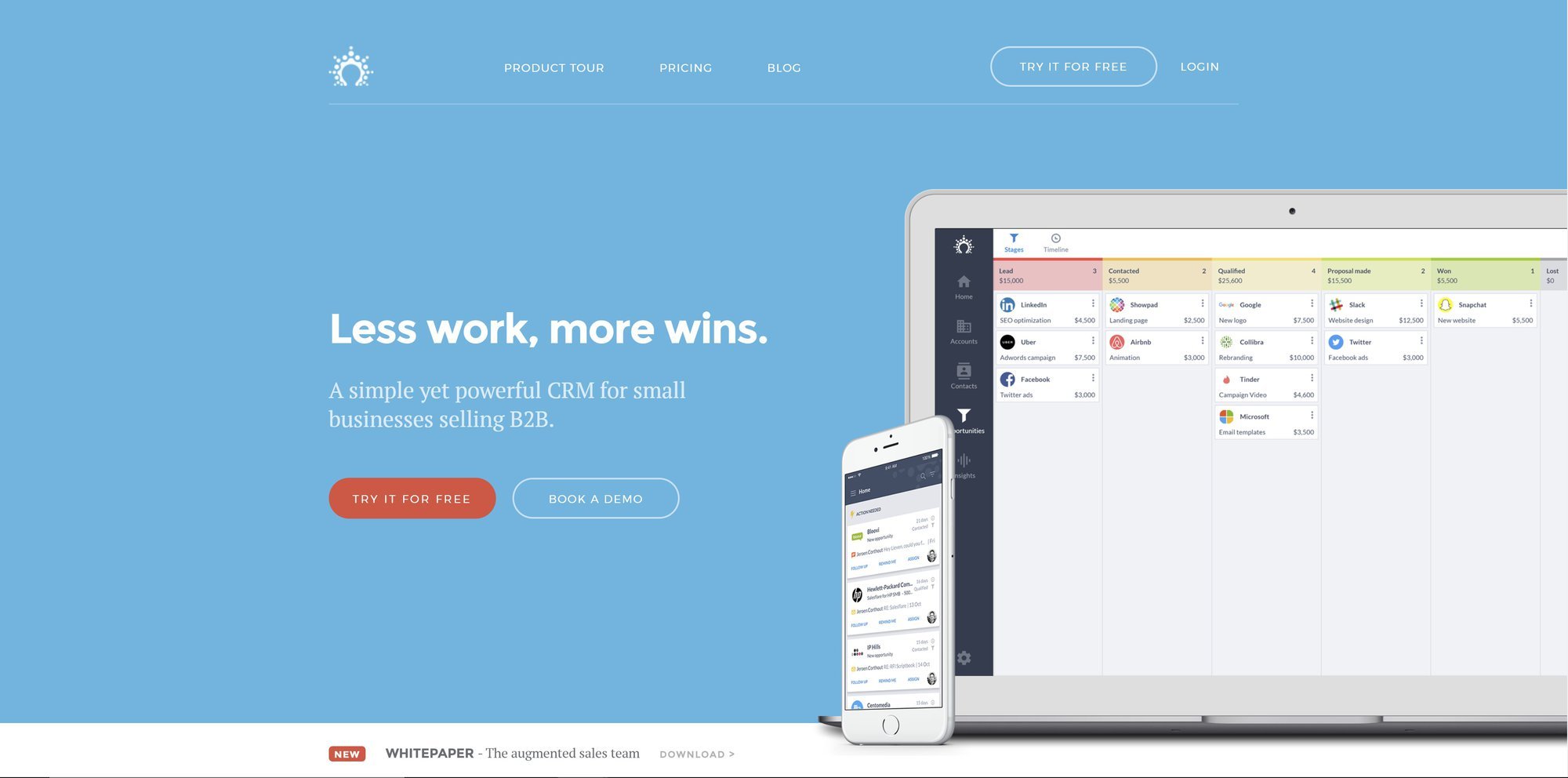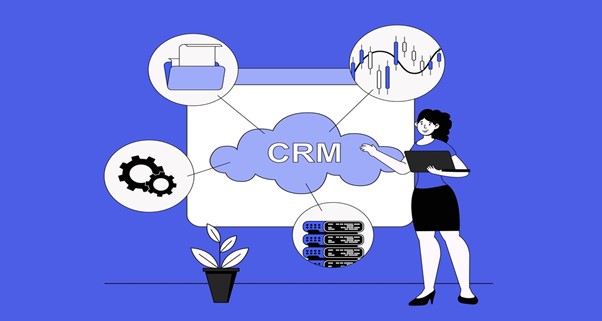
Unlocking CRM Marketing Success: A Comprehensive Guide to A/B Testing
In the ever-evolving landscape of digital marketing, staying ahead of the curve is paramount. Businesses are constantly seeking innovative strategies to enhance customer relationships, drive conversions, and maximize their return on investment (ROI). Central to achieving these goals is the Customer Relationship Management (CRM) system, a powerful tool that enables businesses to manage interactions with current and potential customers. However, a CRM system is only as effective as the strategies implemented within it. This is where A/B testing comes into play, providing a data-driven approach to optimize CRM marketing campaigns and achieve superior results. This comprehensive guide delves into the intricacies of CRM marketing A/B testing, equipping you with the knowledge and tools to transform your CRM strategy and unlock unprecedented success.
Understanding the Synergy: CRM Marketing and A/B Testing
Before we dive into the specifics, let’s establish a clear understanding of the relationship between CRM marketing and A/B testing. CRM marketing encompasses all the strategies and activities a business undertakes to manage and nurture customer relationships using a CRM system. This includes email marketing, personalized content delivery, targeted advertising, and more. A/B testing, also known as split testing, is a methodology that involves comparing two versions of a marketing asset (e.g., email subject lines, website landing pages, call-to-action buttons) to determine which performs better. The core principle is simple: present two variations (A and B) to different segments of your audience and measure which one yields superior results based on predefined metrics, such as click-through rates, conversion rates, or revenue generated.
The synergy between CRM marketing and A/B testing is undeniable. CRM systems provide the data and segmentation capabilities to personalize marketing efforts, while A/B testing provides the insights needed to optimize those efforts for maximum impact. By integrating A/B testing into your CRM marketing strategy, you can:
- Improve Customer Engagement: Tailor your messaging and content to resonate with your audience, leading to higher open rates, click-through rates, and ultimately, engagement.
- Boost Conversion Rates: Optimize your landing pages, calls-to-action, and overall user experience to guide customers through the sales funnel and increase conversions.
- Enhance ROI: Identify the most effective marketing strategies and allocate resources accordingly, maximizing your return on investment.
- Personalize Customer Experiences: Leverage data from A/B tests to create personalized experiences that cater to individual customer preferences and behaviors.
- Make Data-Driven Decisions: Replace guesswork with data-backed insights, enabling you to make informed decisions about your marketing campaigns.
Setting the Stage: Planning Your CRM Marketing A/B Tests
Effective A/B testing requires careful planning and execution. Before launching your first test, consider the following steps:
1. Define Your Objectives and Key Performance Indicators (KPIs)
What are you trying to achieve with your CRM marketing campaigns? Are you aiming to increase email open rates, boost website traffic, or drive more sales? Clearly defined objectives will guide your testing efforts and help you measure success. Identify the KPIs that align with your objectives. These could include:
- Click-Through Rate (CTR): The percentage of recipients who click on a link within an email or on a website.
- Conversion Rate: The percentage of users who complete a desired action, such as making a purchase or filling out a form.
- Open Rate: The percentage of recipients who open an email.
- Bounce Rate: The percentage of emails that fail to be delivered.
- Revenue per Customer: The average revenue generated per customer.
2. Identify Your Target Audience and Segment Your List
Who are you trying to reach with your marketing campaigns? Understanding your target audience is crucial for creating relevant and effective messaging. Segment your CRM database based on demographics, behaviors, purchase history, and other relevant criteria. This allows you to tailor your A/B tests to specific customer segments and gain more granular insights.
3. Formulate a Hypothesis
A hypothesis is an educated guess about which variation of a marketing asset will perform better. Based on your objectives, target audience, and previous data, formulate a clear hypothesis that you can test. For example, “We hypothesize that using a more concise email subject line will increase open rates.”
4. Choose What to Test
There are numerous elements you can A/B test in your CRM marketing campaigns. Here are some common examples:
- Email Subject Lines: Experiment with different wording, lengths, and personalization techniques.
- Email Body Content: Test different layouts, images, and calls-to-action.
- Landing Pages: Optimize headlines, body copy, and form fields.
- Call-to-Action Buttons: Experiment with different wording, colors, and placement.
- Email Send Times: Determine the optimal time to send emails to maximize open and click-through rates.
- Personalization: Test the impact of personalized content and subject lines.
- Segmentation: Experiment with different audience segments to see which responds best to different messaging.
5. Design Your Test Variations
Create two versions of the element you want to test (A and B). Ensure that the only difference between the two versions is the element you are testing. For example, if you are testing email subject lines, ensure that all other elements of the email remain the same. Use a dedicated A/B testing tool or feature within your CRM platform to manage the test and track results.
6. Determine Your Sample Size and Duration
To ensure statistically significant results, you need to test your variations on a sufficient sample size. The required sample size depends on your desired level of confidence and the expected difference between the two variations. A/B testing tools often have calculators that can help you determine the appropriate sample size. The duration of your test should be long enough to collect sufficient data, but not so long that it becomes irrelevant due to changing market conditions. Consider the typical time it takes for your audience to interact with your marketing campaigns.
Running Your CRM Marketing A/B Tests: Best Practices
Once you’ve planned your tests, it’s time to put them into action. Here are some best practices to follow:
1. Use Dedicated A/B Testing Tools
While some CRM platforms have built-in A/B testing features, dedicated A/B testing tools offer more advanced capabilities, such as:
- Advanced Segmentation: Target specific customer segments with your tests.
- Reporting and Analytics: Track and analyze key metrics to gain actionable insights.
- Automated Testing: Automatically implement the winning variation after a predetermined period.
- Integration: Seamlessly integrate with your CRM and other marketing tools.
2. Test One Element at a Time
To isolate the impact of each element, test only one element at a time. For example, if you are testing email subject lines, don’t change the email body content at the same time. This will help you determine which specific element is driving the results.
3. Run Tests Concurrently
Run your A/B tests concurrently, meaning that you test both variations at the same time. This ensures that both variations are exposed to the same market conditions and that your results are not skewed by external factors.
4. Monitor Results Regularly
Track your results throughout the testing period. Most A/B testing tools provide real-time data and analytics. This will allow you to identify any anomalies or unexpected trends and make adjustments to your test if needed.
5. Analyze and Interpret Results
Once your test is complete, analyze the results to determine which variation performed better. Look at the key metrics you defined earlier. Use statistical significance to determine whether the difference between the two variations is significant or due to chance. Most A/B testing tools provide statistical significance calculations.
6. Implement and Iterate
If one variation significantly outperforms the other, implement the winning variation in your CRM marketing campaigns. However, A/B testing is an ongoing process. Continue to iterate on your tests and refine your strategies based on the results. The marketing landscape is always changing, so it’s essential to stay ahead of the curve by continuously testing and optimizing your campaigns.
Examples of CRM Marketing A/B Tests
Let’s look at some specific examples of A/B tests you can run in your CRM marketing campaigns:
1. Email Subject Line Tests
- Test 1: Subject line length. Try a short, concise subject line (e.g., “New Arrivals”) versus a longer, more descriptive one (e.g., “Check Out Our Latest Collection of Summer Dresses”).
- Test 2: Personalization. Test a subject line with the recipient’s name versus a generic subject line.
- Test 3: Urgency. Test a subject line that creates a sense of urgency (e.g., “Last Chance!”) versus a more neutral one.
2. Email Content Tests
- Test 1: Email layout. Test a text-based email versus an email with images and graphics.
- Test 2: Call-to-action. Test different calls-to-action, such as “Shop Now,” “Learn More,” or “Get Started.”
- Test 3: Content focus. Test different content focuses, such as promoting a specific product versus highlighting a sale or promotion.
3. Landing Page Tests
- Test 1: Headline. Test different headlines to see which one resonates best with your target audience.
- Test 2: Form fields. Test different form fields to see which ones are most effective in capturing leads.
- Test 3: Call-to-action button. Test different colors, wording, and placement for your call-to-action button.
4. Segmentation Tests
- Test 1: Audience segmentation. Test sending the same email to different audience segments to see which segment responds best.
- Test 2: Personalized content. Test personalized content for different audience segments.
Beyond the Basics: Advanced CRM Marketing A/B Testing Strategies
Once you’ve mastered the fundamentals of A/B testing, you can explore more advanced strategies to further optimize your CRM marketing campaigns:
1. Multivariate Testing
Multivariate testing allows you to test multiple elements of a marketing asset simultaneously. This can provide valuable insights into how different elements interact with each other. However, multivariate tests require a larger sample size and can be more complex to set up and analyze.
2. Dynamic Content
Dynamic content allows you to personalize the content of your marketing assets based on individual customer data. This can significantly improve engagement and conversion rates. A/B testing can be used to optimize the dynamic content displayed to different customer segments.
3. Testing Across the Customer Journey
Don’t limit your A/B testing to individual campaigns. Instead, test different elements across the entire customer journey, from initial awareness to post-purchase engagement. This can help you create a more cohesive and effective marketing strategy.
4. Continuous Testing and Iteration
A/B testing is not a one-time event. It’s an ongoing process of continuous testing and iteration. Regularly analyze your results and use the insights to refine your strategies and optimize your campaigns. The marketing landscape is constantly changing, so it’s essential to stay ahead of the curve by continuously testing and optimizing.
Common Pitfalls to Avoid
While A/B testing is a powerful tool, it’s important to avoid some common pitfalls:
- Testing Too Many Elements at Once: As mentioned earlier, testing too many elements at once can make it difficult to isolate the impact of each element.
- Not Testing for Statistical Significance: Ensure that your results are statistically significant before implementing any changes.
- Ignoring Data: Don’t rely on gut feelings or assumptions. Use data to guide your decisions.
- Not Segmenting Your Audience: Tailor your tests to specific customer segments to gain more granular insights.
- Not Iterating Based on Results: A/B testing is a continuous process, so be sure to iterate based on your results.
- Relying on Short Test Durations: Run your tests for an adequate amount of time to gather enough data.
The Future of CRM Marketing A/B Testing
As technology continues to advance, the future of CRM marketing A/B testing looks bright. Artificial intelligence (AI) and machine learning (ML) are already playing a significant role in automating and optimizing A/B testing processes. These technologies can help you:
- Identify the Best Testing Opportunities: AI can analyze vast amounts of data to identify the most promising areas for A/B testing.
- Automate Test Design and Execution: AI can help you design and execute A/B tests more efficiently.
- Personalize Testing: AI can personalize A/B tests based on individual customer data.
- Predict Future Performance: ML can predict the future performance of your marketing campaigns.
As AI and ML become more sophisticated, they will continue to revolutionize the way businesses approach CRM marketing A/B testing. This will lead to more effective campaigns, higher conversion rates, and improved customer experiences.
Conclusion: Embrace the Power of Data-Driven Marketing
In conclusion, CRM marketing A/B testing is an indispensable strategy for businesses looking to optimize their marketing efforts, enhance customer relationships, and drive sustainable growth. By carefully planning, executing, and analyzing your A/B tests, you can unlock valuable insights into your audience’s preferences and behaviors. This data-driven approach empowers you to make informed decisions, personalize customer experiences, and maximize your return on investment. Embrace the power of A/B testing and transform your CRM marketing strategy into a well-oiled machine that consistently delivers exceptional results. Don’t be afraid to experiment, analyze, and iterate. The path to CRM marketing success is paved with data, and A/B testing is the key to unlocking its full potential. Start testing today and watch your CRM marketing campaigns soar!


